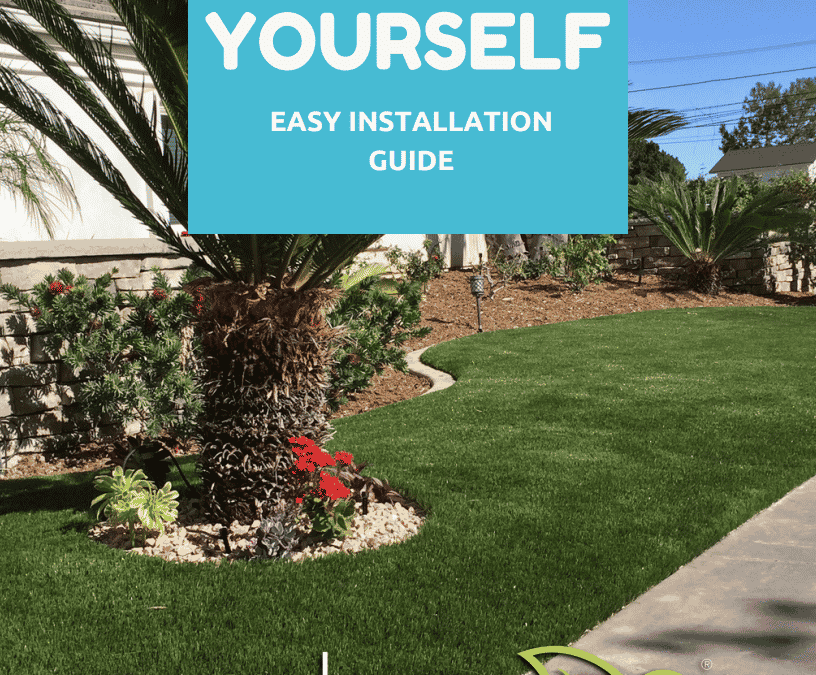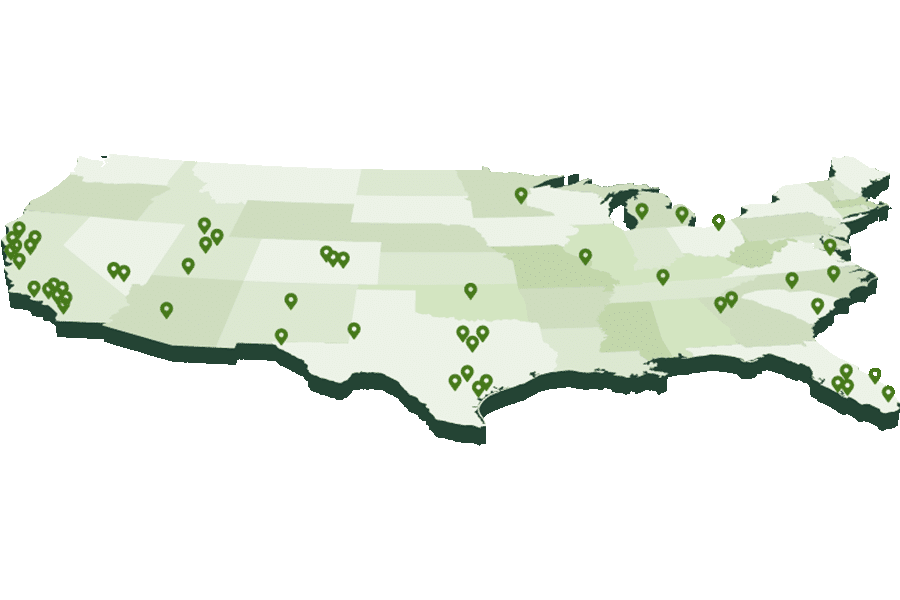Note: Purchase Green no longer carries Envirofill. However, a suitable alternative may be selected as part of the system.
This is part 3 of 3 in our series describing how to install artificial grass. The first part of our artificial grass installation series discussed sub-base preparation and the steps involved in securing a proper sub base.
The second video included information related to the application of artificial grass like unrolling, cutting and seaming your grass. And this third installment includes information about infilling artificial grass and the different types of infill that are available to use.
Be sure to review part one and part two of the series if you haven’t seen them yet. And for a comprehensive guide on how to install artificial grass on your own, download the DIY Easy Install Guide.
Infill
Infill serves two purposes: to add weight and to add ballast (or stability). It takes approximately a half pound to one pound of infill for every square foot to ensure the grass is weighted sufficiently so that, after a year or two, it won’t end up looking like carpet that needs to be stretched.
The amount of infill you’ll need to achieve optimum ballast depends upon the:
- expected foot traffic
- type of grass
- type of infill
Infill on putting greens is typically applied using a drop spreader and is used to adjust ball speed; the more sand infill, the faster the green will play.
Some infill options are:
- Envirofill – This is the most expensive product, but also the best product for most non-sport applications.
- Crumb Rubber – a good option for sporting applications. It provides impact attenuation, but comes with the disadvantage that it tends to get quite hot.
- Flex Sand- a crumb rubber alternative for sporting applications. An elastomerit-coated sand that is much more expensive than crumb rubber, but doesn’t come with the temperature concerns associated with crumb rubber.
- Silica Sand- the least expensive option and suitable for applications that receive little to no foot traffic. The disadvantages are that it holds moisture and tends to compact over time.
On most applications a total infill of one pound per square foot is sufficient, however on some heavy foot traffic applications you’ll want more. Factors that affect the amount of infill are:
- expected foot traffic
- pile height of artificial grass
- density of artificial grass
- type of infill being used
Brush Up the Grass
This second round of brushing is to help ensure the infill is evenly spread and let the granules drop down to the bottom of your artificial turf.
And voila! Your artificial grass installation is complete!
This concludes our artificial grass installation tips series. For a comprehensive guide on how to install artificial grass on your own, download the DIY Easy Install Guide.





